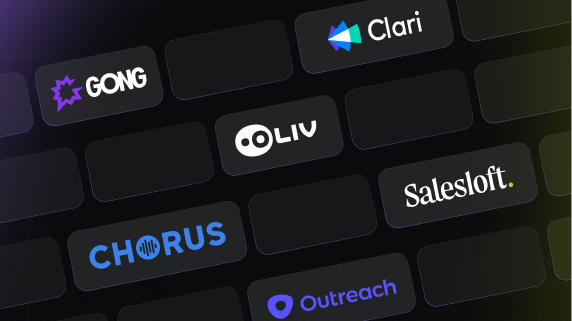Ever found yourself nodding on a call, while your mind is wandering elsewhere? We've all been there. But here's a little secret in sales: the gold isn't in what you're saying; it's in what you're hearing. Active listening is about fully understanding what your customers are sharing and what they are not saying out loud, when you catch the signs of doubt, and understand what they really need. When you listen actively, you're not just hearing words—you're hearing opportunities.
What happens when you miss those clues? Well, not listening to your customers can cost you a whole lot more than an awkward silence. Think about it. If you're not catching the underlying concerns, it will lead to misunderstandings, missed cues, and ultimately, deal slipping through your fingers.
By sharpening your active listening skills, you are being polite and strategic. It's about understanding the melody in their speech and playing to it; responding to their real problems with solutions they actually need. Stick around and see how mastering the art of hearing what's unsaid can transform your sales approach from mere pitches to powerful connections.
The basics of active listening
In sales, when you find yourself chatting with someone only to realize you've no clue what they said two minutes ago, it can cost you a deal. So how do we fix this? Easy—we improve our listening.
So what goes into active listening? We're talking about five crucial points—paying attention, withholding judgment, reflection, clarification, summarization and sharing.
1. Paying attention
This is where you listen completely. No sneaky glances at your phone or thinking about lunch. You give the speaker your full, undivided attention.
2. Withholding judgment
Keep an open mind. Don't jump to conclusions or decide what you think before they finish. You have to wait for the full story before deciding what to say.
3. Reflection
Reflection means you're like a mirror, showing the speaker that you've got their message. You might say something like, "So, it sounds like you’re saying..." to prove you're on the same page.
4. Clarification
Got a hunch you might have missed something? Ask about it. Clarification is about making sure you haven’t picked up the wrong information or missed something important—you want a clear view of their thoughts.
5. Summarization
At the end of it, sum it all up. Repeat the key points back to them to make sure you've caught everything important. Summarizing by yourself, under the pressure of not missing out on important bits, can be tough. This is exactly where you can use tools like Oliv AI to create effective sales summaries that you and your client can refer to whenever required.
6. Sharing
And don't forget to share your thoughts too! It's a two-way street, after all. When we open up and share our insights, expertise, and even our vulnerabilities, it creates a sense of trust and connection. Customers don't want to feel like they're being sold to; they want to feel like they're being heard and understood.
Active vs passive listening
Now, you may wonder, "Isn't that just regular listening?" Nope, it’s not. There is active listening, and then there's its lazy side, passive listening. Passive listening is when you hear the words but don't really engage or show that you understand.
The role of body language and non-verbal cues in active listening
- Eyebrows can be a big giveaway. Raised brows? They might be surprised or skeptical. Frowning? They could be confused or not buying what you're selling.
- Let's talk about arms. Crossed over the chest? This often means your customer is putting up walls, literally and figuratively. But open arms can suggest they're open to what you're saying.
- Not all nods mean yes. Sure, nodding can mean agreement, but sometimes it's just a polite way of showing they're following along. Watch out for the head tilt though – it's usually a sign they're really interested.
- Eyes are the windows to the soul, and in sales, they're the windows to interest. If their gaze keeps meeting yours, that's great; you've got their attention. But if they keep looking at the clock, uh-oh, you might be losing them.
- The feet don't lie either. If they're pointed towards you, congrats, you are the center of their world. Pointed to the door? They might be thinking of sprinting off.
- Last but not least, the smile. A genuine grin is gold, meaning they're happy with what they're hearing. But a stiff, polite smile – that's a warning sign they might be tuning out.
These silent signals speak volumes. Catching them can turn your sales call from just another chat into a successful deal-closing conversation. Keep an eye out, and listen not only with your ears but also with your eyes. It'll change the game, promise.
Why active listening matters in sales
Why is active listening so important? When you listen to every word your customers are saying, it makes them special.
1. Building a friendship
Listening to your client helps build companionship. You catch on to the small stuff, and they feel heard and important and that is how trust grows.
2. Getting the whole picture
When a customer tells you about what they need, listening carefully will help you understand their needs, spot on. No more of that awkward "Oops, I thought you wanted this" moment when you’ve pitched the wrong thing.
3. Less "what?" and more "yes!"
Conversations flow smoother when you listen actively. You and your client are on the same page.
4. Real stories, real results
Stats and stories back up the result of active listening and how it pays off big time. Active listening can improve sales performance by 8%. Imagine closing twice as many deals just because you listened in to your client’s unsaid needs.
This is why active listening could be your best friend in sales. Pay attention, show you care, and watch those relationships and numbers grow.
Common barriers to active listening in sales
What goes down when you're trying to perfect active listening in a sales conversation and it just isn't working? Engagement and rapport with the speaker may diminish due to ineffective listening in a sales conversation. Let's break it down, remove the barriers, and put you on the fast track to getting it right.
1. Distractions and interruptions
We’ve all been there. Phones buzzing, emails popping up, and your coffee’s going cold: The person you’re chatting with is most important right now and deserves front-row attention.
How to solve: Find a quiet space for your calls. Turn off notifications. If you're doing the call online, close all those extra browser tabs.
2. Personal biases and assumptions
You think you know what they’re going to say, right? Wrong. Drop what you think you know. Ask questions, then really absorb their answers.
How to solve: Go in with a clean slate. Treat every client like they're your next success story. Listen to their needs before you decide you know what they want.
3. Preoccupation with the next response
Have you ever caught yourself rehearsing your next line instead of listening to what's being said? Try not to do that. The next response will be even sharper if it’s built on what you just heard.
How to solve: Stay in the moment. Focus on what the person is saying, not on your brilliant comeback. It'll make for a more genuine conversation, and you'll come across as someone who cares.
4. The pressure of meeting sales targets
Yes, targets create extra pressure. A sale is a conversation, not a race. Focus on making a real connection.
How to solve: Hitting targets is important, but building relationships by understanding your clients comes first. Listen now, and the sales will follow.
5. Resistance to change in established sales practices
Old school can be cool, but not if it’s cramping your style. Be open to switching it up. What worked yesterday isn't the best for today. Listen, adapt, and watch the magic happen.
How to solve: Be open to trying new techniques. Active listening might just be the change that propels you to the top of the sales charts.
6. Measuring the effectiveness of active listening in sales performance
Do you think of yourself as a good listener? Prove it. Find ways to track how your listening skills are translating to sales. A happy customer chatter, smoother calls, and a healthier pipeline will show you're on the right track.
How to solve: Pay attention to the feedback. Are your clients feeling heard? Are they happy with the solutions you're providing? That's your measure right there.
7. Ensuring consistent practice of active listening skills across the team
Teamwork makes the dream work, but only if everyone is on the same page.
How to solve: Lead by example. Share tips and have regular check-ins on how everyone is doing with their listening skills. Practice as a team and watch your collective sales soar.
And there you have it. Remember, the more you listen, the more you learn, and the more you sell. Simple as that!
Techniques to enhance active listening in sales teams
1. Communication training
Sometimes, even the best salespeople can get so wrapped up in their pitch that they forget the most important part: listening to the customer. It's not just about waiting for your turn to speak; it's about actually understanding what the other person is saying.
What if your team could get inside a customer's head? It's doable with the right training. Start with workshops that focus on the nuts and bolts of active listening. Before you know it, your team will be catching every word and even the silent cues.
2. Role-playing to the rescue
Knowing how to listen is one thing, but doing it under pressure is another. Use role-playing. By simulating real-life situations, sales professionals will get to practice their listening without real-world problems.
3. Record, review, repeat
We've all been there – you hang up from a call and can't recall half of what was said. Was the client happy? Did they want the premium package?
Oliv to the rescue! Tools that record and summarize calls can be like having a personal assistant jotting down all the important stuff. You can play back, analyze, and even pick up on things you missed. Plus, Oliv provides the extra edge by offering real-time guidance and follow-up strategies, automating all the necessary info straight to your CRM.
4. Mindfulness and focus exercises
Distractions are everywhere. Emails pop up, phones ring, and suddenly you're not in the call anymore, you're wondering about lunch.
Imagine if you could switch off the noise and really zone in on your calls. A few simple techniques can help you cut through the chaos and stay locked in on your customer.
5. Real-world advice and expert tips
There's a lot of sales advice out there, but where's the tried and tested stuff?
Bring in the wisdom from those who've walked the walk. Sales pros who've been in the trenches often have golden nuggets of advice on listening well. It's real, relatable, and can give your team an edge.
6. Analyze previous calls
We all think we're pretty good listeners, but the reality? Not so much. Without looking back at our conversations, we can't improve.
Oliv can help you with this among so many other things! Dive into these call recordings, listen back, and really hear how the team's doing. Catch the moments when they're listening like a pro, and when they could use a little nudge.
This is the pathway to turn your sales squad into active listening legends. It's not rocket science, it's just smart sales. And when your team starts listening for real, that's when the magic happens.
How to enhance active listening with digital assistants?
What if you had tools that ensured you never skipped a beat, even when conversations take unexpected turns? Let me show you how technology doesn't just assist but transforms how we actively listen.
1. Transcription tools
You know those moments when your prospect says something important, but you miss it? This is where transcription tools come in. These apps and software can record and transcribe your conversations in real-time, leaving you free to focus on the conversation without missing a beat.
2. CRM integration:
Picture this: You're chatting with a client, and they mention they're looking for a solution to X problem. With CRM integration, that info gets logged automatically, ready for you to follow up with a tailored solution.
3. Voice analysis software:
Voice analysis softwares analyze tone, pitch, and even keywords, these tools can help you gauge your prospect's mood and tailor your responses accordingly.
4. Note-taking apps:
Say goodbye to messy notebooks and hello to organized note-taking apps! Whether it's jotting down key points or setting reminders for follow-ups, these apps keep your sales game on point without hassle.
5. Live chat features:
You're engaging with a prospect on your website, and they drop a question. With live chat features, you can respond in real-time, addressing their concerns and demonstrating your attentiveness.
6. Oliv: your real-time, active listening assistant
Then there is Oliv AI, that does all of what is listed above and much more! Oliv researches your client's profile - think LinkedIn activities, company news, and more, so you're never blindsided. During the call, Oliv summarizes and transcribes the key points so that you can refer to them when required, spots trends in your calls and nudges you with live prompts. Did you forget to ask about the budget constraints? Oliv's got your back.
Finale
In a nutshell, active listening will help you in increasing your sales closures. It's way more than just not talking when the other person is speaking. It's a potent mix of attention, understanding, and showing your customers that they're very important to you.
So what's the final takeaway? Keep your ears open for what's not being said. Focus on the tone, the hesitations, and the sighs. It's in these subtleties that you'll find what you need to close that deal.
All set? Great! Now go out there and listen your way to success. Happy selling!
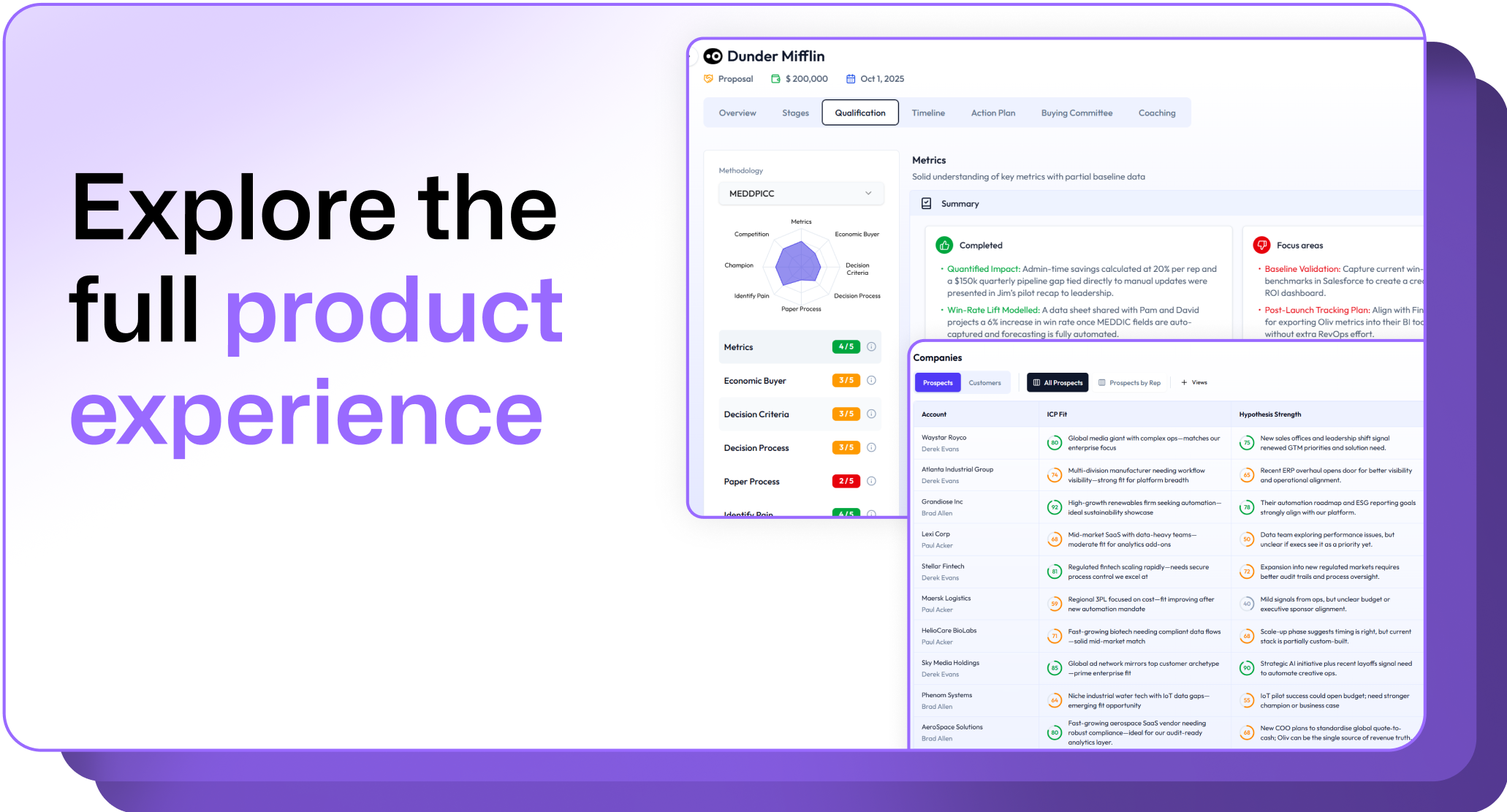



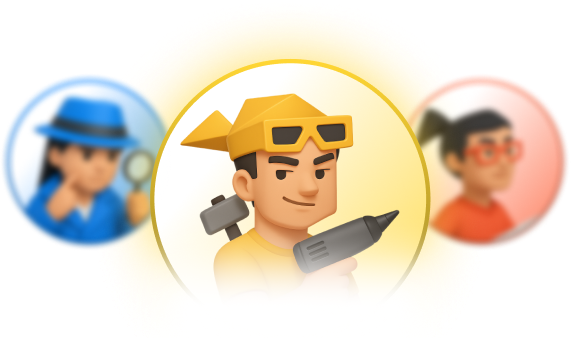
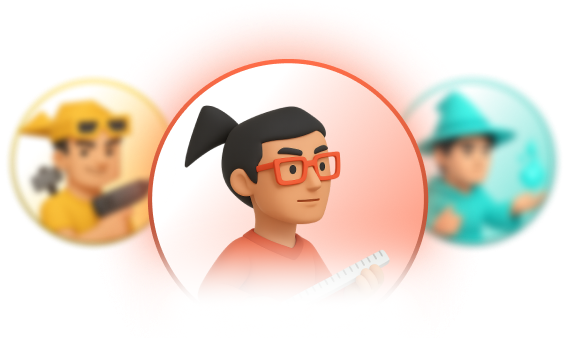



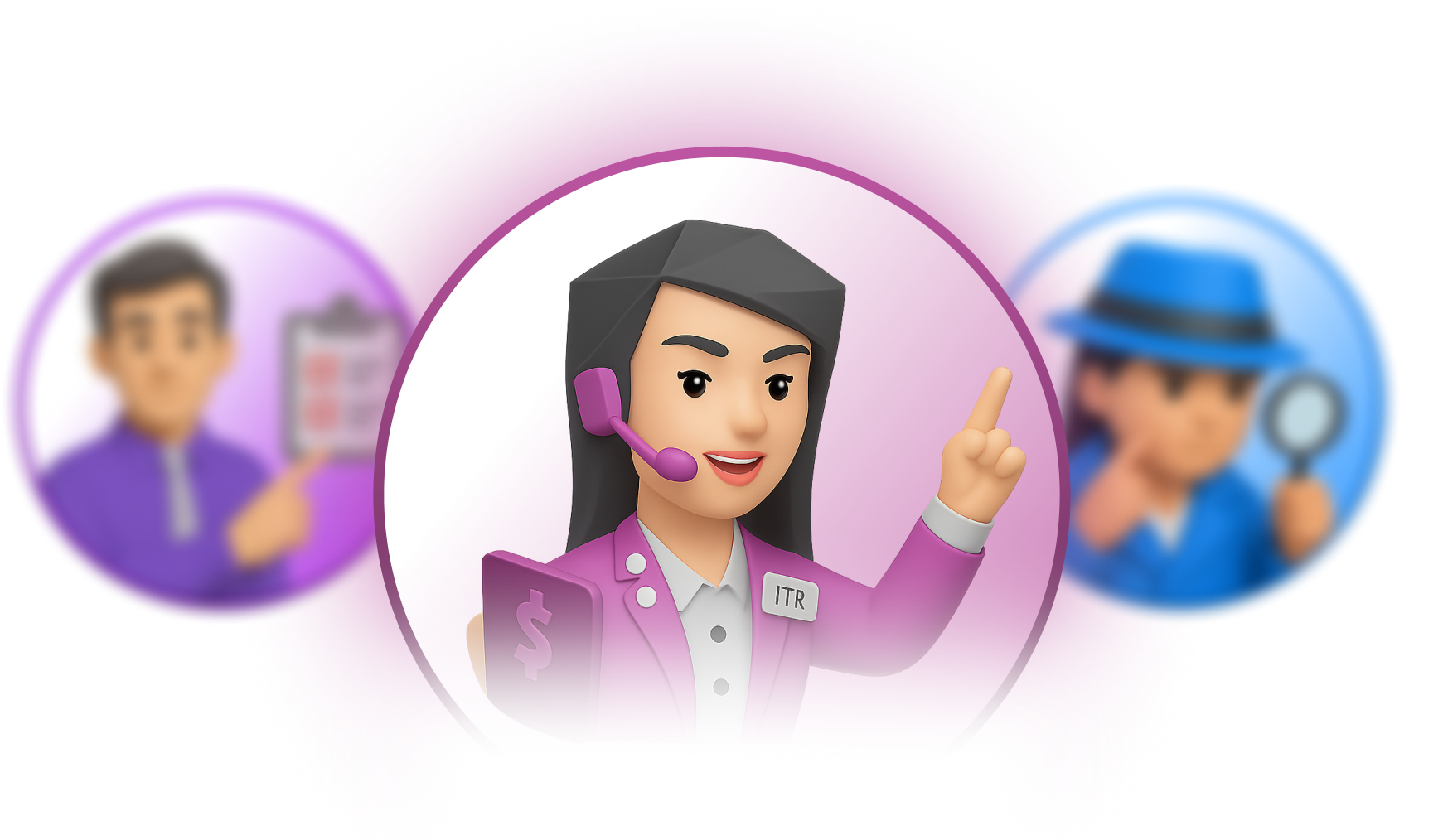


.png)
.png)
.png)
